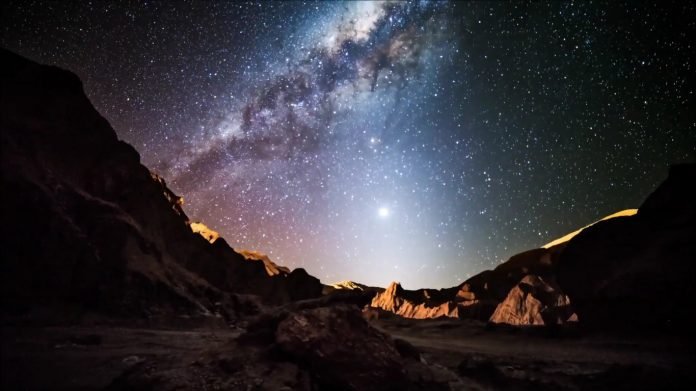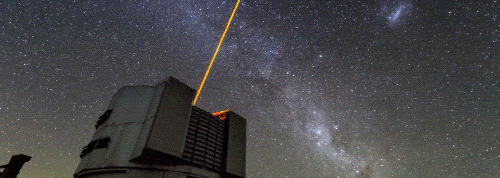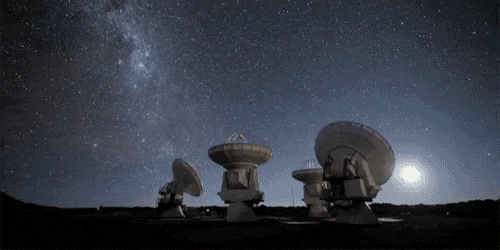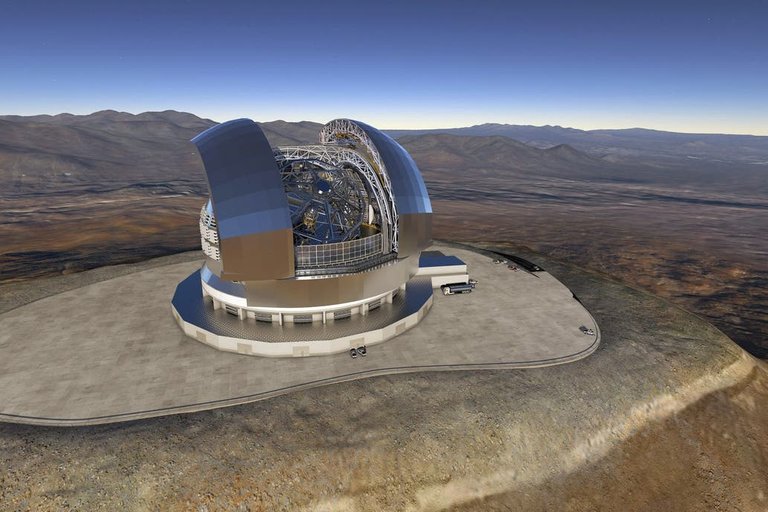The deterioration of the skies grew 30% more than at the end of the last decade, affecting the telescopes located in the Atacama Desert.

he growth of cities and the increasingly frequent use of LED lighting technology worsen light pollution in northern Chile , threatening the work of the observatories installed in the Atacama Desert .
This biome, the driest in the world, hosts the most advanced and complex telescopes that take advantage of the clearest skies on Earth to study the universe and seek life beyond our solar system .
However, in the last decade, the cities near this area, such as Antofagasta, Coquimbo or La Serena, have increased the use of light-emitting diodes to illuminate homes and streets, signs and screens, turning the Chilean north into "an zone at risk "and mainly affecting these observatories .
"Unfortunately, due to the greater white illumination, the deterioration of the skies grew up to 30% more than at the end of the last decade," explained Pedro Sanhueza, head of the Office for the Protection of the Quality of the Sky of Northern Chile (OPCC ).
He clarified that the quality of the skies is still good, but that the deep night darkness that telescopes require for their studies is in danger.
At the Paranal observatory, which houses the Very Large Telescope (VLT), one of the most powerful on the planet, in the vicinity of the city of Antofagasta, internal measures are taken to mitigate the effects of light pollution .

After sunset, the vehicles that circulate through the observatory should do so only with the parking lights and people with small flashlights always pointed at the ground.
The residence in which the astronomers live and the personnel that works in Paranal also has safeguards to prevent any ray of light from disturbing the observations.
Urban impact
The urban growth of northern Chile in the last 20 years, due to the great boom in the exploitation of copper, also has consequences for the work of astronomers. The halos of light of large cities can be easily seen from observatories located within a radius of less than 150 kilometers (km).
"We have measured the impact and we already have difficulties to make observations at about 20 degrees above the horizon. That will go up many more and will not allow us to study the farthest stars, "warned Cris Smith, head of mission of the Tololo observatory, installed about 80 km east of the city of La Serena.

To the growth of the cities, the enormous infrastructures created for the extraction of copper are added, like the construction of new roads with light sources in the middle of the desert of Atacama .
Smith says that for new electricity projects, planning is needed that includes more education on the use of sustainable light by the population, the use of "warmer" and less polluting lights , as well as avoiding directing them to the sky.
"We are already at an important level of impact and we need to control it. We can not talk about closing the observatories, "said the American astronomer.
Experts agree that what has happened at the Monte Palomar observatory in California, United States, where activities have been reduced steadily in recent years due to the light growth of the city of Los Angeles.

Hi, I found some acronyms/abbreviations in this post. This is how they expand: